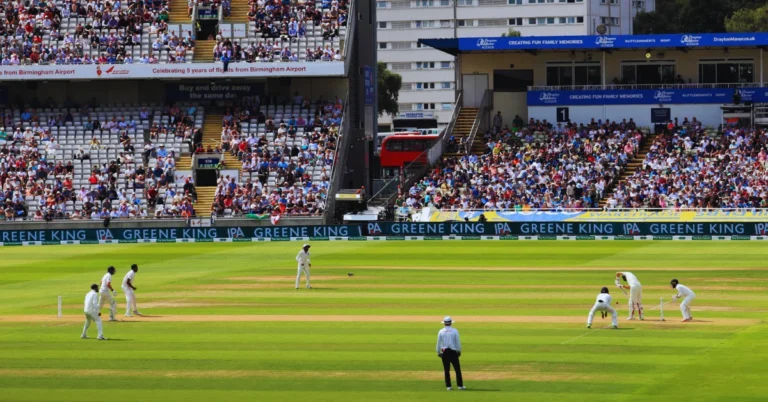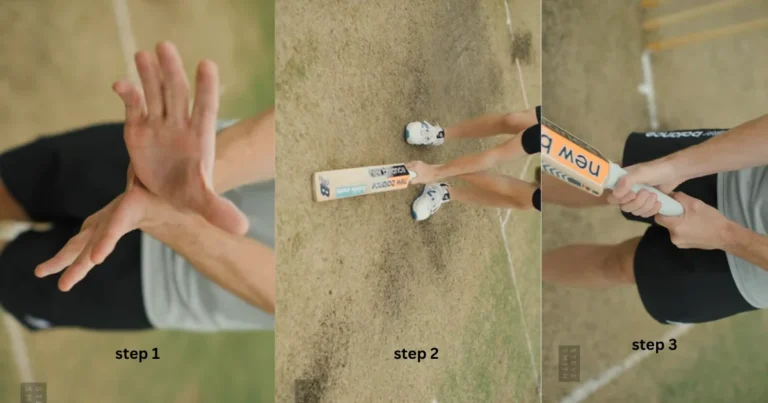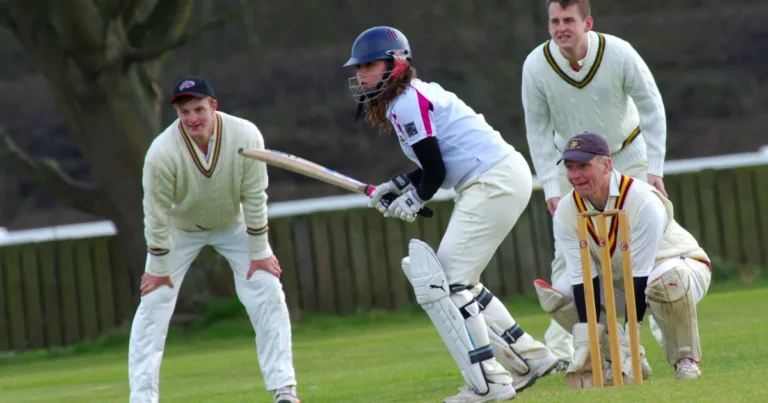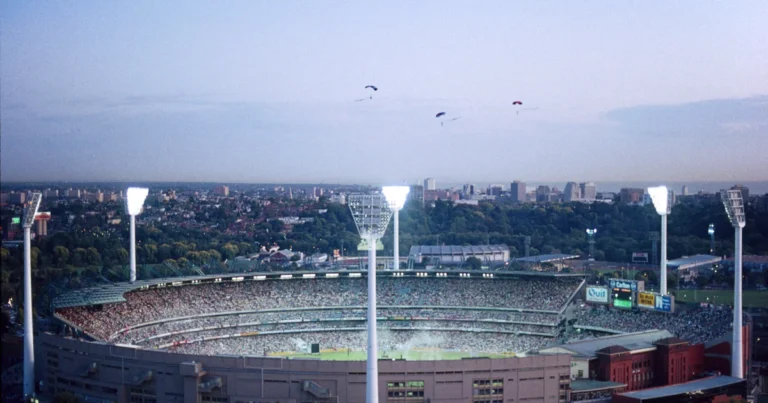Different Types Of Cricket Pitches
Cricket, a sport celebrated for its diversity and nuances, offers an array of playing surfaces that significantly impact gameplay. From lush green tops to dusty turners, the variety of cricket pitches around the world adds intrigue and challenge to the game.
In this article, we delve into the different types of cricket pitches, exploring their characteristics, advantages, and challenges. Learn more about the cricket pitch construction process and its importance here.” Cricket Pitch Whole Process, Importance, Construction“
Types of Cricket Pitches:
1. Green Top:
A green top pitch is characterized by its lush green grass cover. Offering pace, bounce, and lateral movement, it favors swing and seam bowlers. Batsmen face the challenge of negotiating the extra assistance offered to bowlers, requiring patience and technique to succeed.
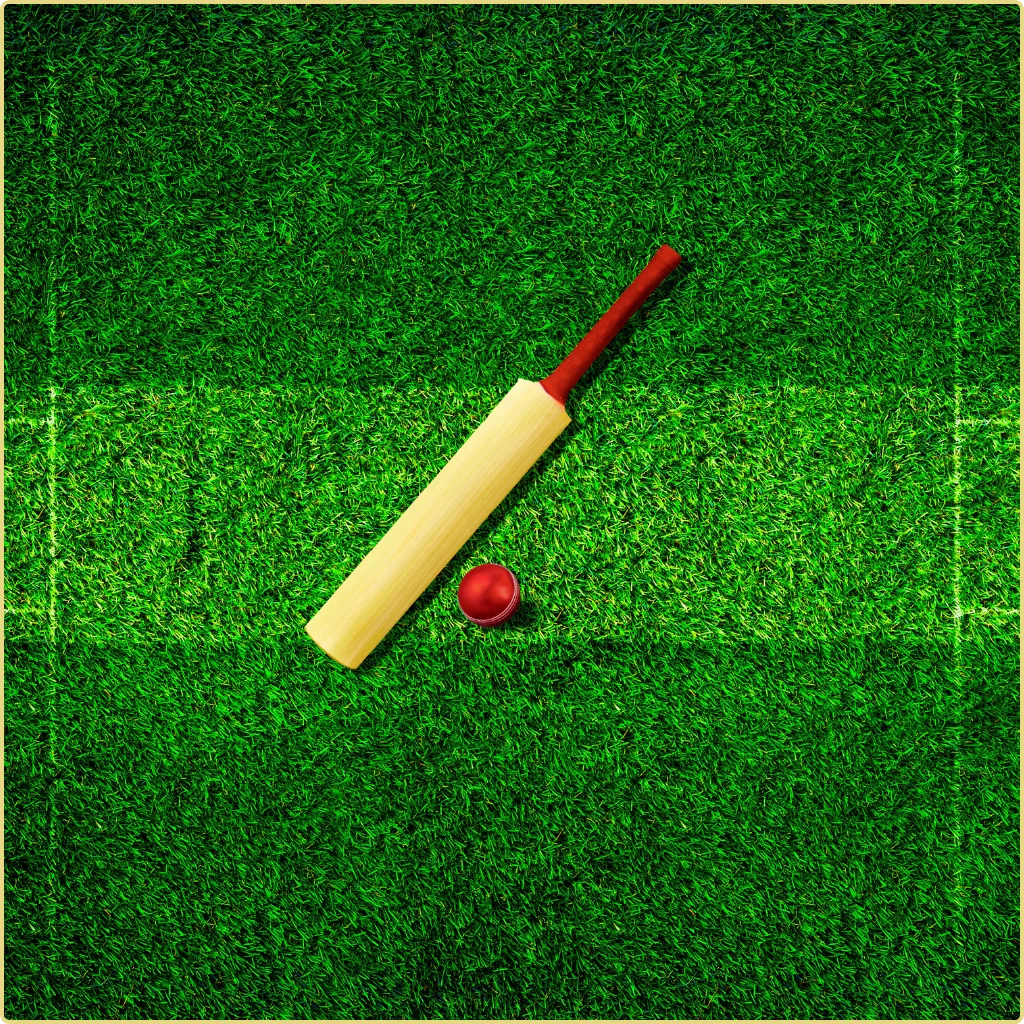
2. Dry and Dusty:
Found predominantly in subcontinental regions, dry and dusty pitches lack grass cover and have a dry, cracked surface. These pitches offer significant turns for spinners, posing a formidable challenge for batsmen who must contend with sharp turns and unpredictable bounce.
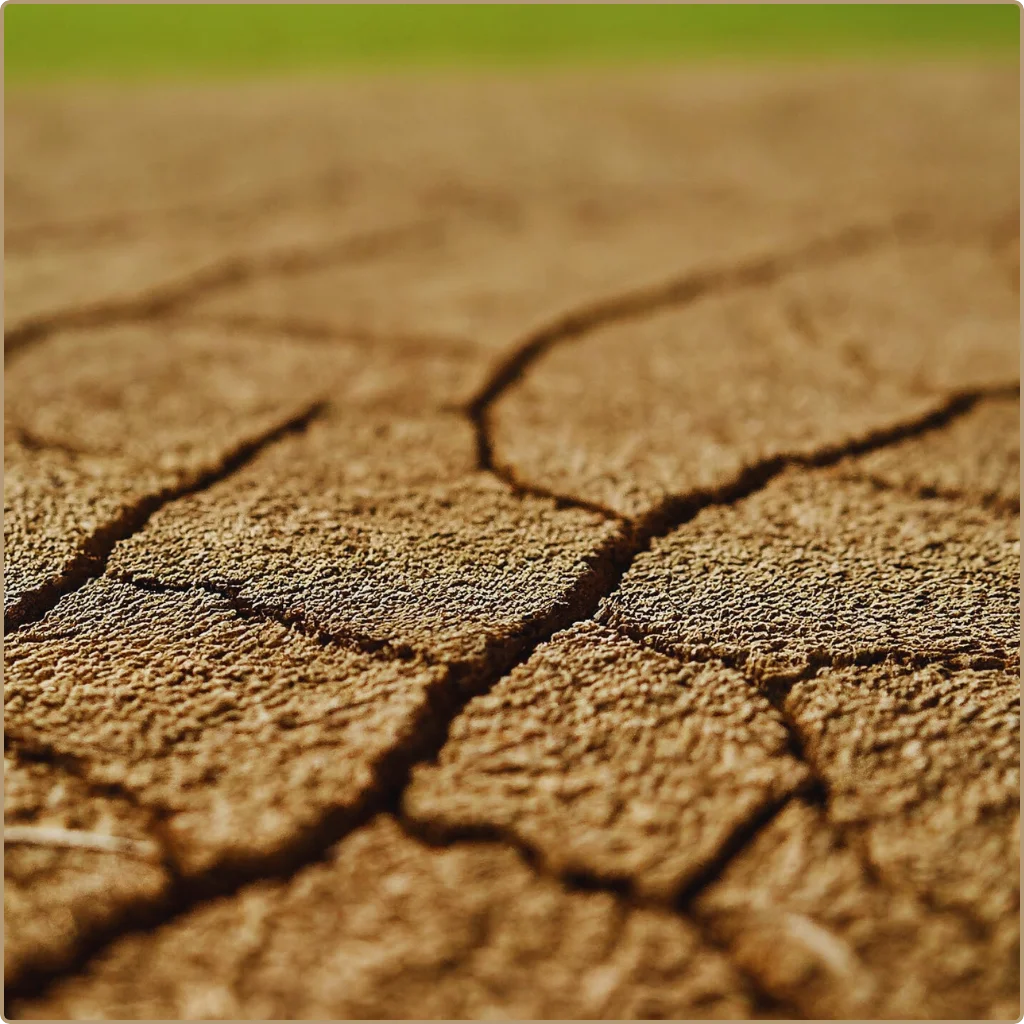
3. Hard and Flat:
Hard and flat pitches, common in Australia and other fast-paced cricketing nations, provide true bounce and pace. Favoring stroke play and aggressive batting, they offer little assistance to bowlers, who rely on their skill and variation to take wickets.

4. Slow and Low:
Slow and low pitches are known for their sluggish pace and lack of bounce. Offering minimal assistance to bowlers, they challenge batsmen to display patience and concentration, as stroke play becomes challenging on such surfaces.
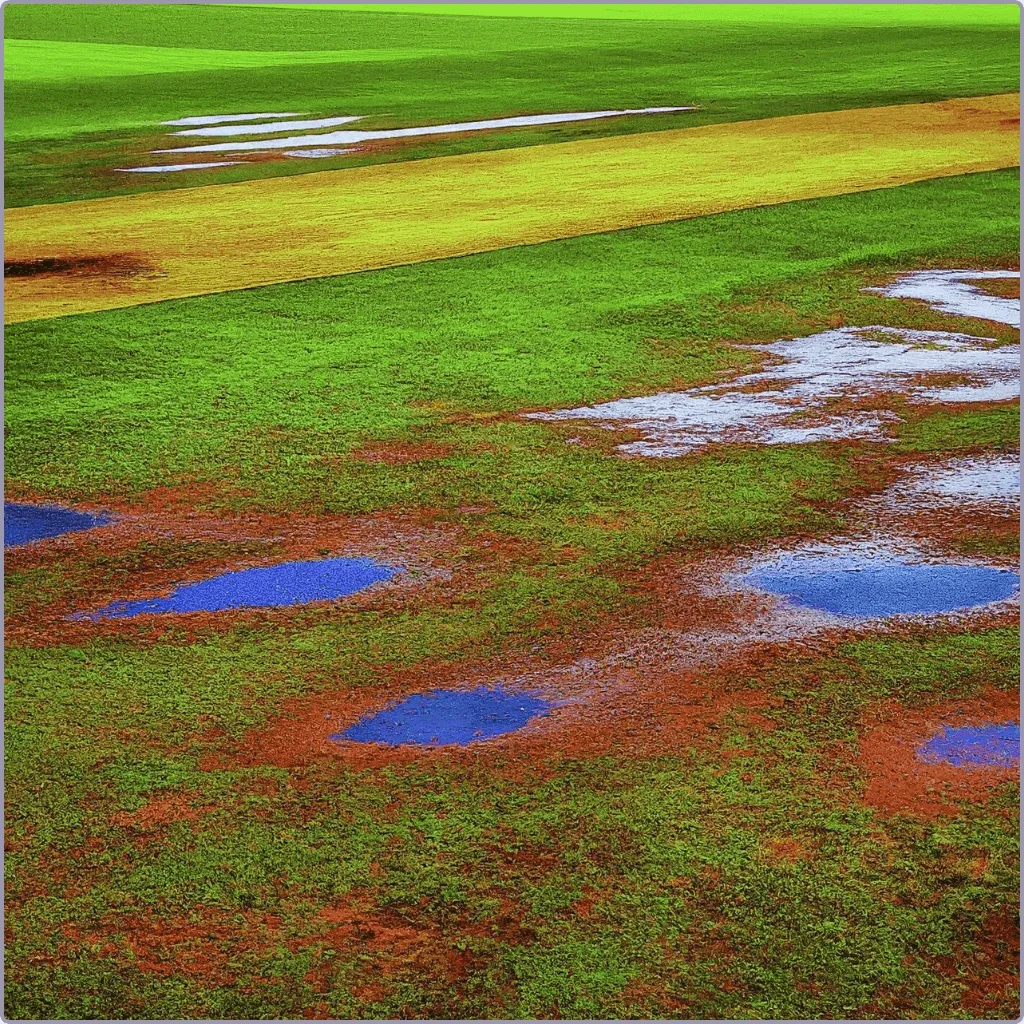
5. Turner:
Turner pitches, prevalent in spin-friendly conditions, provide significant turn and bounce for spin bowlers. Batsmen face a stern test against sharp turns and variable bounce, requiring exceptional skill and technique to negotiate.
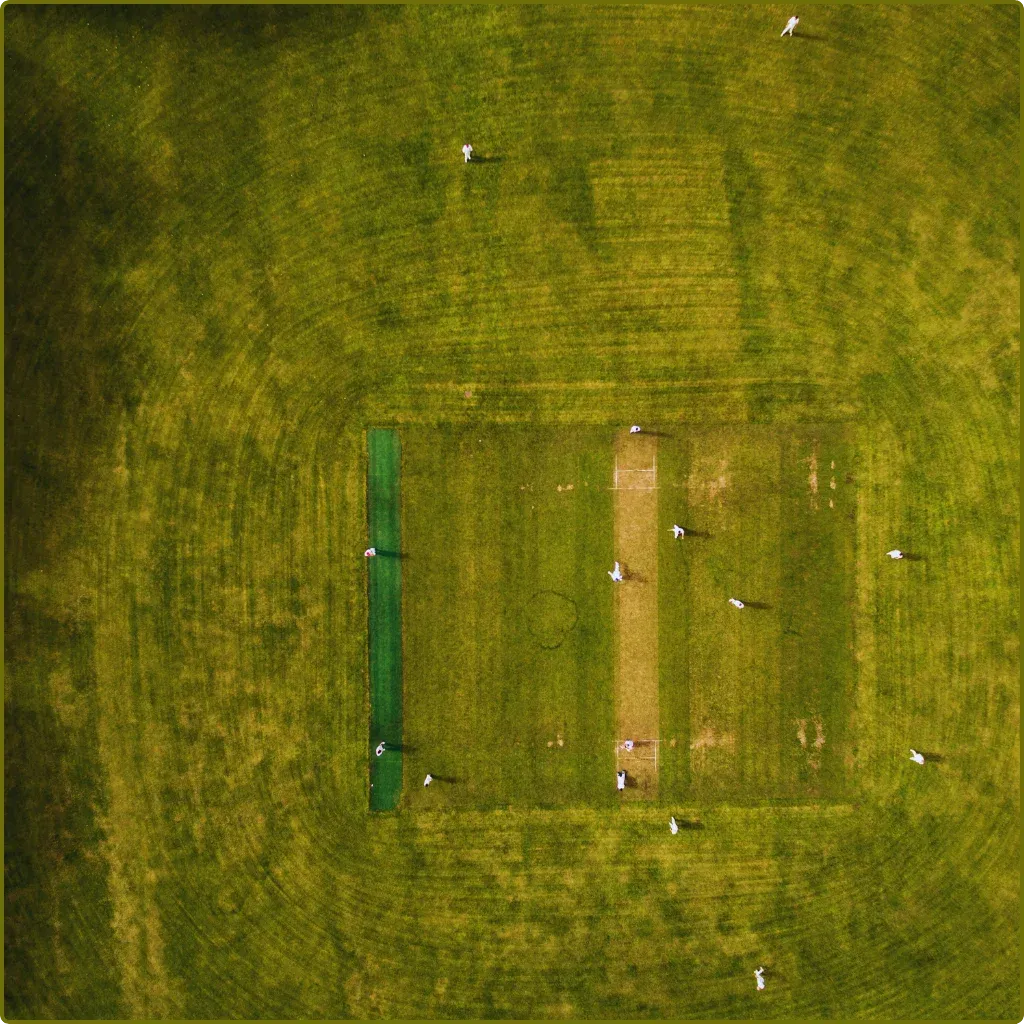
6. Green Seamer:
Similar to green top pitches, green seamer pitches offer seam movement for fast bowlers while retaining a grass cover. Combining swing and seam movement, they present a balanced challenge for both batsmen and bowlers.
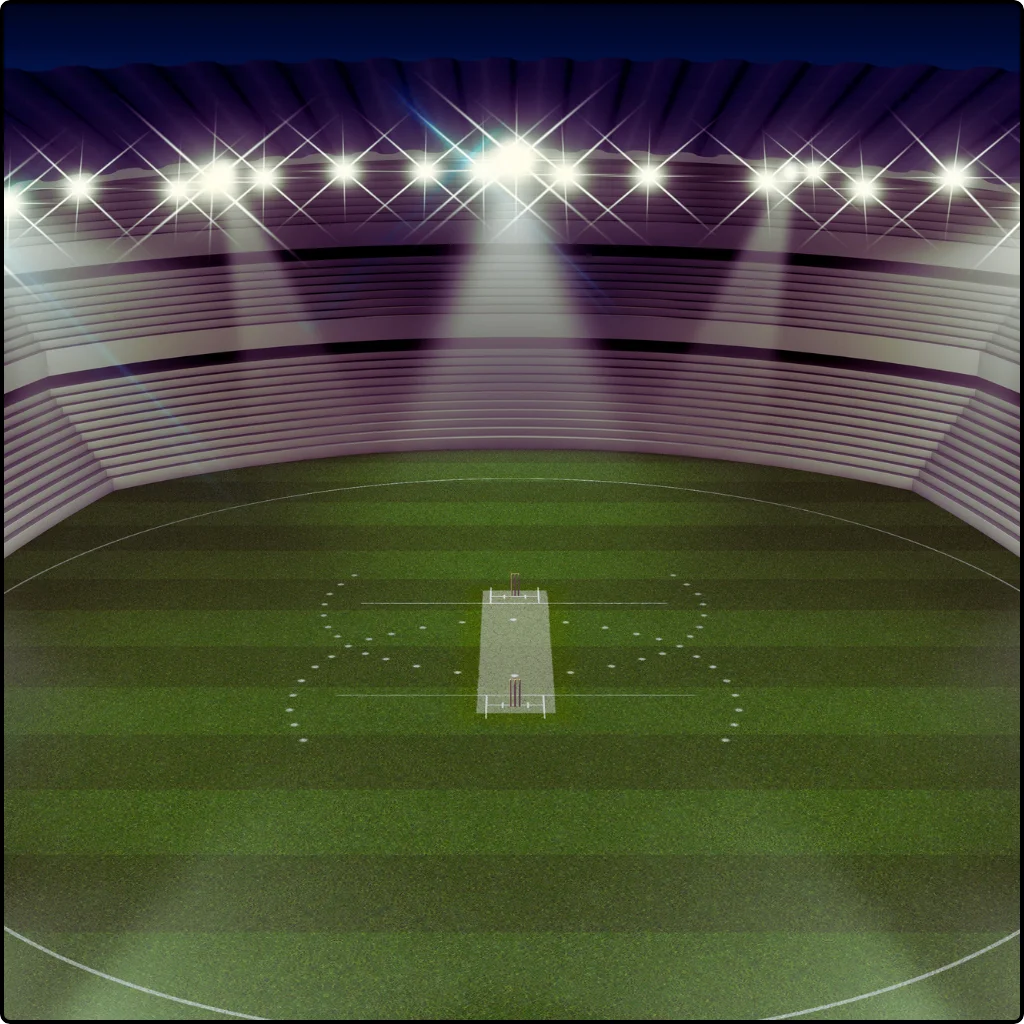
Players Unique Test
The diversity of cricket pitches adds depth and intrigue to the game, shaping its outcome and showcasing the players’ adaptability and skill. From the swing-friendly green tops to the spin-friendly turners, each type of pitch offers a unique test for players.
By understanding the nuances and characteristics of different types of cricket pitches, players, coaches, and fans can gain a deeper appreciation for the sport and its complexities.


